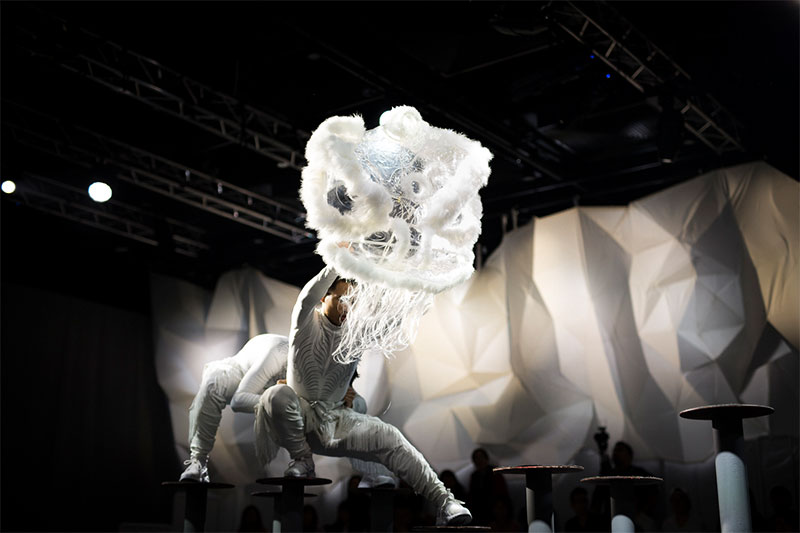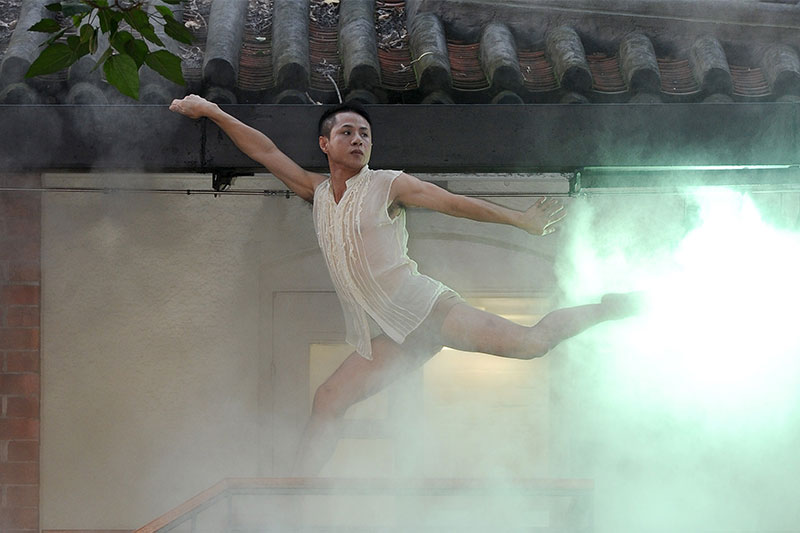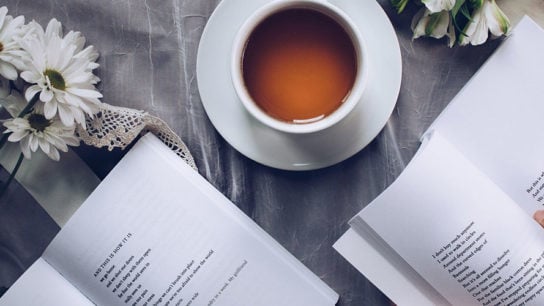With a transparent lion head and innovative modern dance moves, award-winning dance aficionado Daniel Yeung is breathing fresh air into the centuries-old tradition of the Chinese lion dance in Hong Kong.
Amidst the deafening sounds of cymbals and drums, a huge red lion decorated with colourful strings, intricate paintwork and a tasselled mane parades through the bustling street, rhythmically swaying his giant furry head from side to side in a jubilant show often seen at Chinese New Year. A tradition that stretches back more than a thousand years, the lion dance made its first appearance at the imperial court of the Tang Dynasty. From there, it grew in significance, eventually becoming synonymous with Chinese culture and celebrations both at home and abroad. Its fate in the modern world, however, is less assured. Now, it could lie in the hands of a few dedicated individuals, one of whom is acclaimed Hong Kong choreographer Daniel Yeung.

A relative latecomer to the dance arena, Daniel was first exposed to dance when he was in his late 20s, working as a marketing manager at Hong Kong’s leading City Contemporary Dance Company. His interest in lion dance, on the other hand, was piqued at a much earlier age. Growing up in Wong Tai Sin, a district that once teemed with martial art academics and lion dance clubs, lion dance formed an integral part of the cultural life around him, and he was fascinated by it. “Lion dance is performed by two individuals who transform into one body. For me, it’s about transformation, but also about imagination,” says the 6-time winner of the Hong Kong Dance Awards.
Three years ago, he decided there was an urgent need to protect the historic tradition. “Our art education system is westernised. Rather than devising techniques based on our cultural roots, we have been seeking help from experts from the West,” says Daniel. “I want to find something that truly represents Asian identity and perspective in the international art community.” And, for him, the perfect emblem is the Chinese lion dance. “It can be found in almost every Chinese diaspora settlement around Asia. But its artistic potential has been neglected by a mainstream art audience and reduced to a religious rite.”

In part, this is down to the dance’s chequered past. In the 1970s and 80s, it was used as a form of rivalry between mafias and martial art academics, affiliating the art form with gang culture and bringing it into disrepute. In recent years, the new generation of Chinese lion dance masters have endeavoured to revitalise the art and rid it of its negative connotations by rebranding lion dancing as a recreational sport.
This repositioning has undoubtedly underscored the entertainment value of Chinese lion dance. But on the flip side, it has also eroded the dance’s other facets. “Many of the highly-skilled techniques and acrobatic moves are no longer practised because they are too dangerous to be included as a sport,” says Daniel. Plus, cultural elements such as the religious significance embedded in the Chinese lion dance have been dismissed as superstition. “It’s a pity,” Daniel remarks, “I fear that this knowledge will soon vanish in history along with the old masters. Now is a crucial time.”

In collaboration with the Hong Kong Dance Company and local lion dance troupe Kwok’s Kung Fu & Dragon Lion Dance Team, Daniel organised a series of workshops teaching students to incorporate Chinese lion dance techniques into modern dance. Those led to a series of sell-out performances, including his recent hit Guan Yu’s Ride of 1000 Miles, an amalgamation of a lion dance with kung fu acrobatics, and modern movements. With a storyline based on the Chinese classic Romance of the Three Kingdoms and a transparent lion costume, it showed the dance in a completely new light. “We have this wealth of cultural heritage that is not known by the majority in the city. Now, this reinvention is bringing it onto the main stage where the techniques can be preserved,” says the prolific creator.
In the future, Daniel wants to take his reinvented Chinese lion dance to international audiences, saving it in the process. “Many people think Chinese society is conservative, but Cantonese is, in fact, one of the most open-minded cultures in Asia,” says Daniel. As far as he’s concerned, if he can help re-appropriate the lion dance into a new category of performing arts, then “lion dancing will become the next art innovation that is made in Asia for the international community.”
Related Articles
Singapore’s Latest Immersive Art Experience Combining Food And Dance





